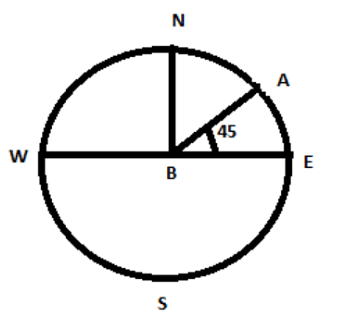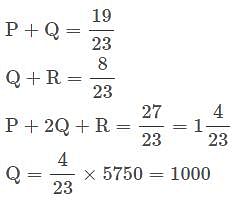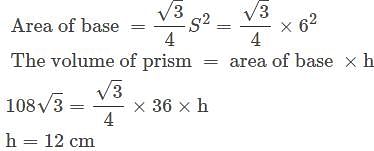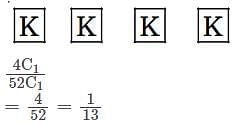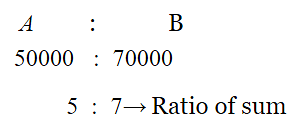BPSC Practice Test- 8 - BPSC (Bihar) MCQ
30 Questions MCQ Test - BPSC Practice Test- 8
Which of the following states has the maximum number of Scheduled Tribes?
The people of India agitated against the arrival of Simon Commission because:
Who was the first President of All India Trade Union Congress?
With reference to Indian History, the Members of the Constituent Assembly from the Provinces were:
Which of the following have coral reefs?
1. Andaman and Nicobar
2. Gulf of Kutch
3.Gulf of Mannar
4. Sundarbans
Select the correct answer using the codes given below :
Codes:
Which one of the following does not share boundaries with Arunachal Pradesh?
What is the nature of the length of the latitudinal circle as we move from the equator to the poles?
P,Q,R are employed to do a work for Rs. 5750. P and Q together finished 19/23 of work and Q and R together finished 8/23 of work. Wage of Q in rupees is -
The base of right prism is an equilateral triangle of side 6 cm. If the volume of the prism is 108 √3cm3, its height is-
A card is drawn from a pack of cards at random, what is the probability that the card is a king?
The cost price of an items is Rs. 8000.30% of an items is sold at a profit of 15% and 40% of the remaining items are sold at a profit of 25%. In how much percentage (approximate) he should sell the remaining items to get an overall 30% profit?
Two brother invested Rs. 50000 and Rs. 70000 respectively in a business and agreed that 70% of the profits should be divided between them and the remaining profit in the ratio of investment. If one brother gets Rs. 48 more than the other. Find the total profit made in the business?
What was the effect of the Commercialisation of agriculture by the British company in India?
Which of the following was the cause of the First Anglo-Mysore War?
(i) Hyder Ali's friendship with the French
(ii) Border dispute between Madras and Karnataka
(iii) Giving excessive donations to the temple of Chamundeshwari Devi
Which of the following Governor General established the "Imperial Cadet Corps"?
Who among the following was called the prince of Indian journalism?
When among the following Hindustan Republican Association was renamed as Hindustan Socialist Republican Association?
Which bank has won the award for best improvement from baseline performance, under EASE3.0?
Recently the US and Britain had a meeting of G-7 on the issue of which country?
Which statement is false regarding Blue Flag certification?
Recently, archaeologists have discovered the world's oldest cave art, it is related to which country?
Which country has hosted the Climate Adaptation Summit - 2021?
With whom has India started a device called "Firefly Bird Diverter" for the Great Indian Bustard?



